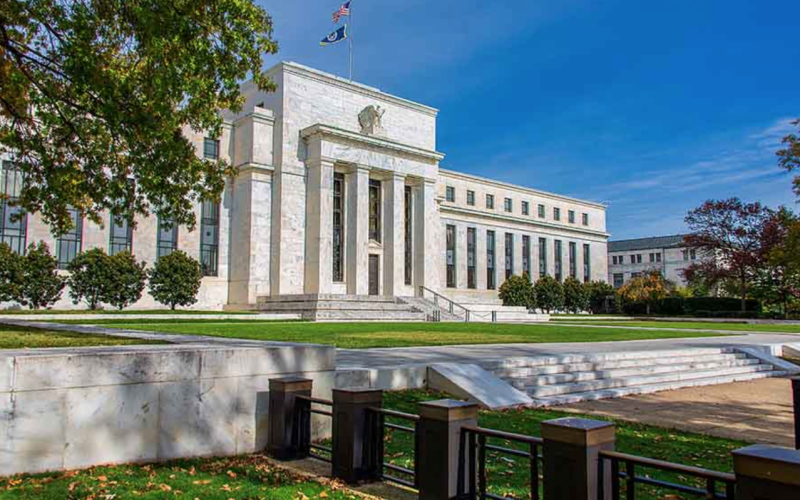by Kathy Jones, Managing Director, Chief Fixed Income Strategist, Schwab Center for Financial Research
Although a strong economy has changed expectations about the timing and magnitude of interest rate cuts, we still see room for the Federal Reserve to cut by three-quarters of a point this year.
Now that number is down to three, implying a year-end federal funds rate of 4.75%. Some are even suggesting that the Fed won't lower interest rates this year at all, due to the strength of the economy and the risk that inflation will remain too high.
One reason for the volatility in expectations is that the Fed has pushed back on the prospect for a rapid pace of rate cuts. Rather, it has indicated that it is "data dependent," watching every data point to assess the next policy move. That leaves investors to react to every economic indicator and extrapolate the results into the future. However, taking a long-term perspective, we still see room for the Fed to cut rates three times for a cumulative total of 75 basis points in 2024.
Inflation is trending lower
Despite a stronger-than-expected rise in core PCE in February, the overall trend remains lower

Source: Bloomberg, using monthly data as of 1/31/2024.
US Personal Consumption Expenditure Core Price Index MoM SA (PCE CORE Index).
Producer prices show little sign of inflation pressures

Source: U.S. Bureau of Labor Statistics, monthly data as of 1/31/2024.
Producer Price Index by Commodity: All Commodities (PPIACO), Producer Price Index by Commodity: Final Demand: Finished Goods Less Foods and Energy (WPSFD4131), Producer Price Index by Commodity: Final Demand: Final Demand Services (PPIDSS). Percent Change from Year Ago, Seasonally Adjusted.
Economic growth with productivity is not inflationary
Productivity growth has increased

Source: Bloomberg, quarterly data as of 12/31/2023.
U.S. Labor Productivity Output per hour Nonfarm Business Sector (PRODNFR% Index). Note: This concept tracks the total output that can be produced with a given input of labor. Generally, it is measured by dividing total real gross domestic product by either total employment or total hours worked.
Fed policy is tight enough
The real federal funds rate is at the highest level since 2007

Source: Bloomberg, monthly data as of 1/31/2023.
Federal Funds Target Rate Upper Bound (FDTR Index) minus Core PCE: US Personal Consumption Expenditures Ex Food & Energy Deflator SA (PCE CYOY Index).
Actual federal funds rate and Taylor rule alternative scenarios


Source: Chart and Table, Federal Reserve Bank of Atlanta Taylor Rule Utility using data as of 2/29/2024.
Note: The Taylor rule is an equation John Taylor introduced in a 1993 paper that prescribes a value for the federal funds rate—the short-term interest rate targeted by the Federal Open Market Committee (FOMC)—based on the values of inflation and economic slack such as the output gap or unemployment gap.
Volatility and opportunity
2 Source: Based on the yields for the Bloomberg US Aggregate Bond Index and the Bloomberg US Corporate
Bond Index as of 3/6/2024.
Copyright © Schwab Center for Financial Research














